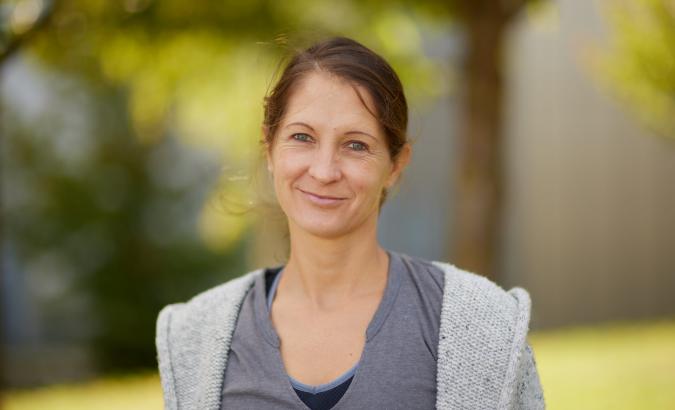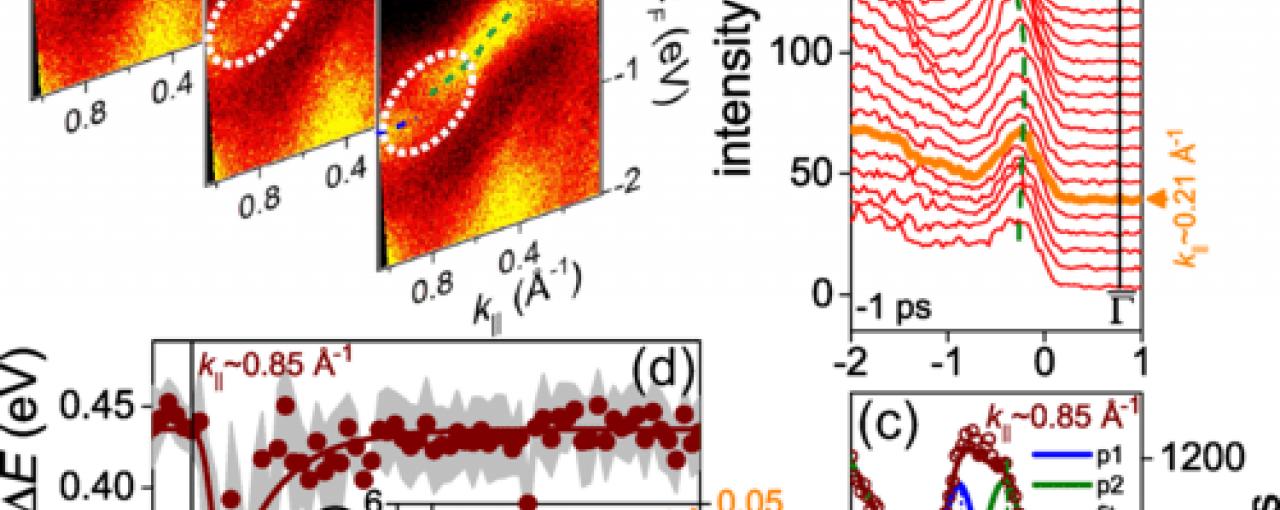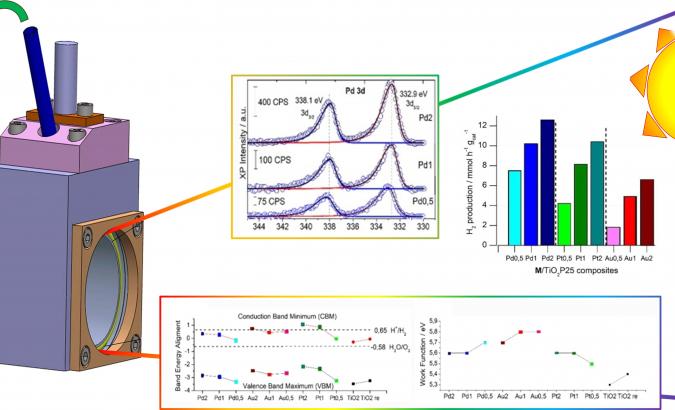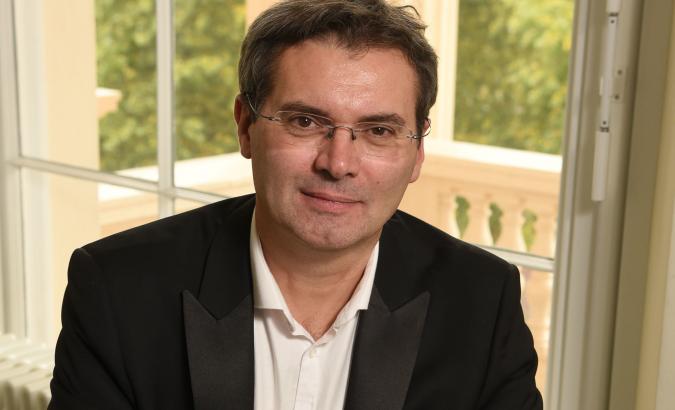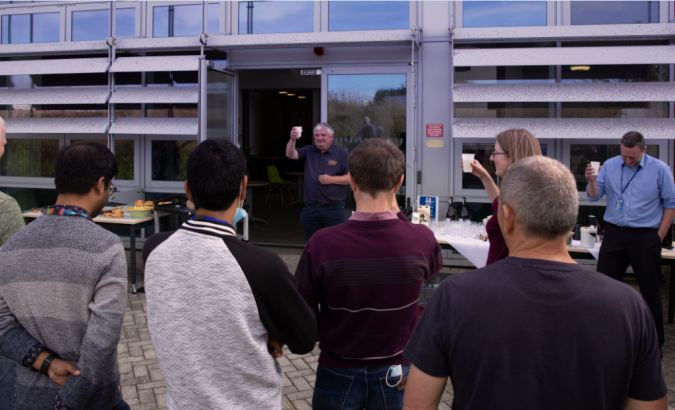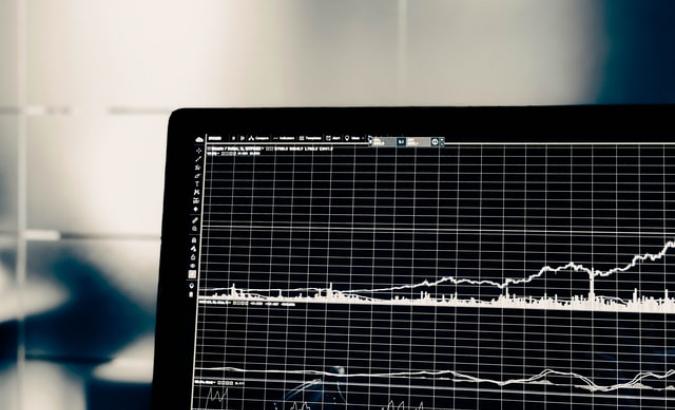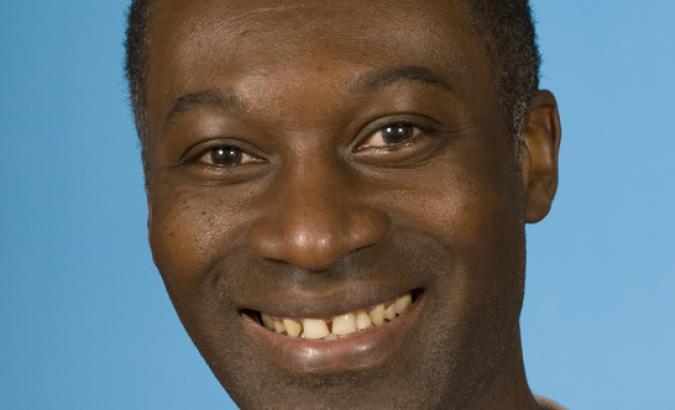Artemis, one of the Central Laser Facility's facilities, has published it's first paper further to its move to Research Complex. Supported by the Science and Technology Facility Council, Artemis uses ultrashort pulses of extreme ultraviolet light to investigate ultrafast electron dynamics in condensed matter and gas-phase molecules, and for coherent lensless imaging.
Artemis is based on high repetition rate, few optical cycles and widely tuneable laser sources, and ultrafast XUV (10-100 eV) pulses produced through high harmonic generation. The team exploit the femtosecond time-resolution afforded by harmonics to use them as ultrafast probes of electron dynamics. Their key technique is time-resolved photoelectron spectroscopy with XUV high harmonic probe pulses and Artemis has three dedicated end-stations for gas- and solid-phase experiments. The team also exploit the spatial coherence of the XUV to use coherent diffractive imaging techniques.
Due to these unique facilities, Artemis can promote not only the developments of innovative technologies, but also expand our fundamental understanding of the complicated physics found in the interactions between light and matter. Quantum materials are a fascinating area of research in condensed matter physics. In some two-dimensional materials, there are a range of phase transitions such as charge-density-waves (CDWs), Mott insulating phases and superconductivity and it is the understanding of how and why these transitions occur that continues to be a major focus of research to this day.
Dr Charlotte Sanders, Senior Experimental Scientist at Artemis enthuses:
“We are incredibly happy to have the new Artemis lab up and running and producing papers. Not only are we enjoying the benefits of our new lab space, but with our new HiLUX upgrades over the next four years, our users can expect even more new capabilities in the near future. It is an extremely exciting time.”
Led by Dr Enrico Da Como from the University of Bath, in collaboration with Dr Charles James Sayers from the Polytechnic University of Milan, and Dr Ettore Carpene from the Institute of Photonics and Nanotechnologies of the CNR, this research team have observed fundamental interactions inside quantum materials on a femtosecond timescale. Charge-density waves (CDWs) are a phenomenon where the electrons spontaneously bunch up into regular patterns across a layer of material. The study of CDWs in solids has garnered significant attention in condensed matter physics due to their connection to other electronic quantum states, and they have a complex interplay with superconductivity and with Mott insulating phases.
A recent study on tantalum diselenide 1T-TaSe2 showed that certain collective electronic states could be explained by a charge-transfer mechanism due to the lattice reconstruction that accompanies the charge ordering itself. This finding highlights the role of the crystal lattice in driving and stabilizing phase transitions in quantum materials. This understanding could lead to the design of materials with unique electronic properties. The study employed short light pulses at the STFC CLF’s Artemis 1 kHz beamline to investigate the behaviour of electrons and ions in quantum materials at the femtosecond timescale, providing valuable insights into the complex behaviour of these materials.
The team focused on a model system that undergoes a CDW transition, which redistributes electrons and ions to form a wave-like pattern of charge on the material's surface. The researchers found that the CDW transition was not driven by electron correlations, but rather by a tendency toward distortion in the crystal lattice. This discovery underscores the importance of using short light pulses to study the behaviour of quantum materials and separate the effects of the crystal lattice and electrons, leading to a better understanding of the origin of phase transitions in similar systems and the development of new materials with unique properties.
Dr Sayers concludes:
“Using ultrashort pulses of light on the order of femtoseconds, such as those available at the Artemis facility, allows us to directly visualize the motion of electrons and ions inside materials in real time, providing a great insight into the important interactions occurring inside these exotic materials.”


